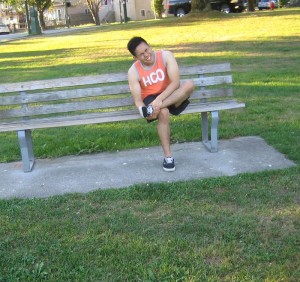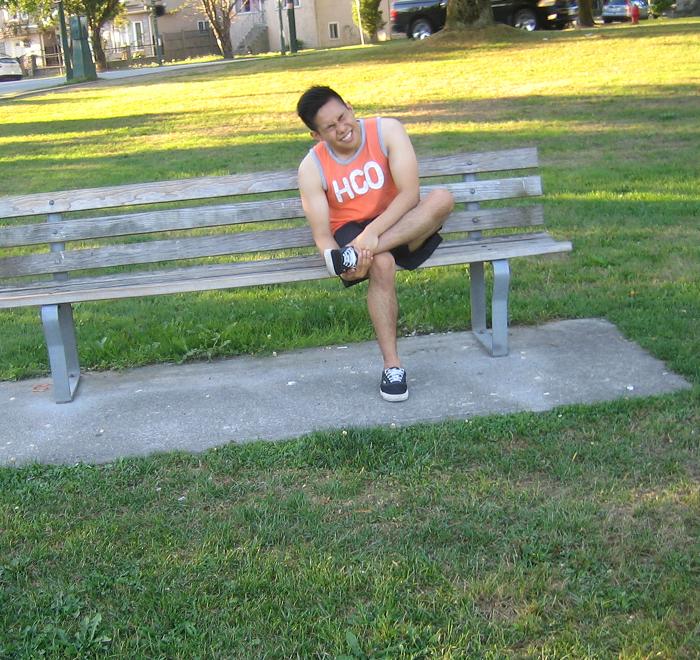Individuals who suffered from a break in the bone in the foot or leg, suffered from stroke or during the recovery phase after a surgical procedure, crutches and canes might be used for support. At the start, using these two assistive devices can be difficult but with practice, one can use these walking aids easily and safely.
Considerations if a family member is using crutches or a cane
- Electrical cords, rugs, spills should be out of the way since they can cause the individual to fall
- Make the area in the house simple by keeping items typically used within easy reach while storing those that are not used
- For the bathroom, it is best to utilize non-slip bath mats, shower tub seat, grab bars and an elevated toilet seat
How to use a cane properly

Individuals who have problems with instability or balance, pain, injury or weakness in the trunk or leg can use a cane. The elderly can use a single point cane in order to live independently.
- Positioning – the top of the cane must reach the crease in the wrist of the individual when he/she stands up straight. The elbow must bend slightly once the cane is held. It should be held using the hand on the opposite side that requires support.
- Walking – when walking, the cane and the injured leg should sway and hit the floor at the same time. Start by positioning the cane a small stride ahead and take a step using the affected leg. Complete the step using the normal leg.
- Climbing the stairs – when climbing stairs, hold the handrail and step up using the normal leg first with the cane on the hand opposite the affected leg and then step up using the affected leg. When going down the stairs, position the cane on the step first, followed by the affected leg and then the normal leg which supports the body weight.
How to use crutches
In case a surgical procedure or injury requires keeping the weight off the affected foot or leg, crutches are usually recommended.
- Positioning – the top of the crutches must reach between 1-1.5 inches beneath the armpits while the individual is standing up straight. The hand grips of the crutches must be aligned with the top of the hip line while the elbows must bend slightly when the hand grips are used. The top of the crutches should be held tightly to the sides and use your hands to help absorb the weight. Avoid letting the top part of the crutches to press into the armpits.
- Sitting – back up to a firm chair and position the affected foot in front while both crutches in one hand. With the other hand, it should be used to feel for the seat of the chair. Steadily lower the body into the seat while lean the crutches upside down in a convenient location. When standing up, move the body to the front part of the chair. Both crutches should be held using the hand on the normal side and push the body up and stand using the normal leg.
- Walking – initially lean forward slightly and put the crutches one foot ahead. Start with a step as if going to use the affected leg or foot, but shift the weight to the crutches instead on the affected foot. The body swings forwards between the crutches. Complete the step normally using the normal leg. The moment the normal leg is on the floor, the crutches should be moved ahead in preparation for the next step.
Both assistive devices are useful for individuals with injuries or those who have undergone a surgical procedure on the foot or leg. With the proper methods on how to use both crutches and canes, the individual can ambulate effectively and safely.

